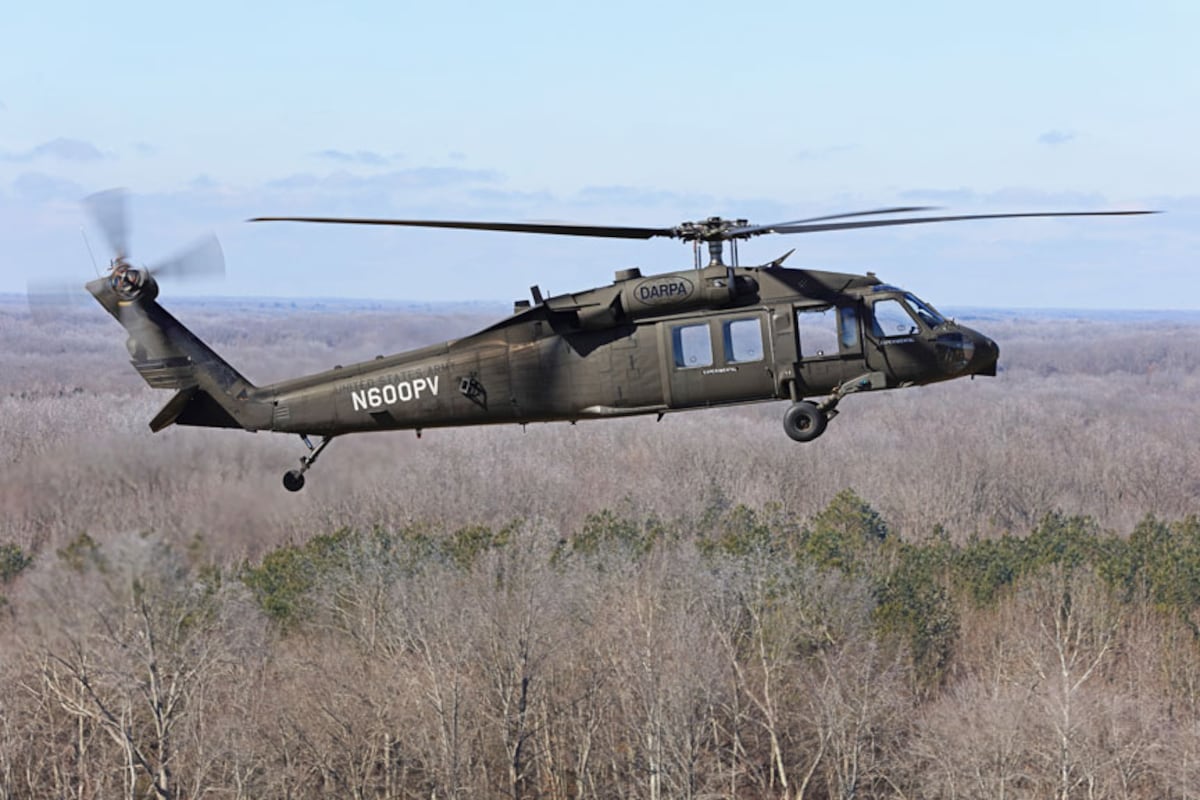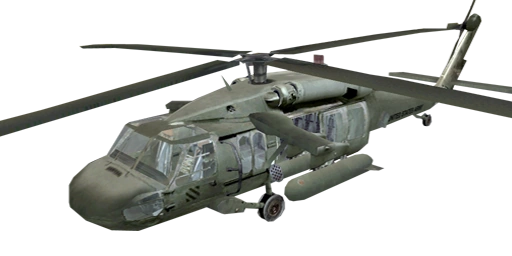How the UH60 Blackhawk Helicopter Became a Crucial Possession for Armed Force Procedures
How the UH60 Blackhawk Helicopter Became a Crucial Possession for Armed Force Procedures
Blog Article
Crucial Parts of the UH60 Blackhawk Helicopter and Their Roles in Helicopter Operation

The UH-60 Blackhawk helicopter is a complex aircraft, defined by numerous important components that play critical duties in its functional effectiveness. From its sophisticated blades system that enhances aerodynamics to the dependable T700-GE-701C engines making certain peak performance, each component is delicately designed to satisfy details features. The sophisticated avionics suite improves navigation and interaction, while the durable airframe and tri-cycle touchdown gear add to its flexibility throughout different objectives. Comprehending these elements is crucial, as they jointly form the helicopter's abilities in diverse environments and scenarios. What implications do these features hold for objective success?
Blades System

The rotor blades are built from innovative composite materials, allowing for decreased weight and enhanced durability - UH60 Blackhawk Helicopter. The ingenious layout incorporates a fully articulated rotor head, which helps with responsive and smooth handling by permitting blade feathering and flapping. This adaptability is crucial for navigating in various functional environments, including mountainous and urban surfaces
The tail blades, placed at the back of the airplane, counteracts the torque generated by the main rotor, making sure directional control. It uses a two-blade layout that decreases drag while providing effective yaw control. The rotor system's effectiveness and dependability contribute considerably to the Blackhawk's total performance, making it an important asset for various armed forces and noncombatant goals. The assimilation of advanced technology in the rotor system highlights the Blackhawk's status as a awesome and functional helicopter in modern-day aviation.
Engine Parts
Effective and efficient engine components are fundamental to the efficiency of the UH60 Blackhawk helicopter. At the core of its operation are the T700-GE-701C turboshaft engines, which offer the necessary thrust and dependability for numerous objectives. Each engine produces around 1,800 shaft horsepower, enabling the helicopter to do in diverse atmospheres and conditions.
The engine's layout includes a multi-stage axial and centrifugal compressor, which optimizes air flow and improves overall effectiveness. This is matched by the use innovative materials and cooling innovations, guaranteeing that the engine runs efficiently even under high-stress situations. The dual-engine setup offers redundancy, enhancing security and operational capability in case of an engine failure.
Furthermore, the engine control system plays a vital role in handling engine performance, changing fuel circulation and various other criteria to preserve optimal procedure. Integrated health and wellness monitoring systems constantly analyze engine status, giving real-time data that aids in upkeep and functional decision-making.
Avionics Collection
Central to the operational abilities of the UH60 Blackhawk helicopter is its sophisticated avionics collection, which incorporates innovative navigation, communication, and flight control systems. This collection improves situational awareness and operational effectiveness, enabling pilots to perform intricate objectives in varied atmospheres.
The Blackhawk's avionics suite includes a digital trip control system that automates various trip jobs, lowering pilot work and increasing safety and security throughout important procedures. The system includes a multi-function display screen that supplies real-time data on aircraft objective, navigating, and efficiency specifications, making it possible for notified decision-making.

Additionally, the collection is furnished with innovative weather radar and terrain awareness systems, boosting operational capacities in damaging weather conditions. The combination of these modern technologies makes sure that the UH60 Blackhawk can efficiently perform a wide variety of missions, from army transport to clinical evacuation, while maintaining a high level of safety and reliability.
Airframe Structure
A robust airframe structure is necessary for the UH60 Blackhawk helicopter, guaranteeing sturdiness and performance popular functional environments. The airframe is created from innovative composite products and light weight aluminum alloys, which give a beneficial strength-to-weight proportion. This design decreases overall weight see while optimizing architectural integrity, critical for the helicopter's agility and gas effectiveness.
The airframe's design additionally includes attributes that improve survivability and reduce upkeep needs. The usage of safety coatings and corrosion-resistant products aids minimize use from environmental exposure. Furthermore, the airframe's modular style allows for easier upgrades and repair work, adding to the helicopter's longevity and operational preparedness.
Aerodynamically, the airframe is streamlined to minimize drag, allowing the Blackhawk to accomplish excellent rate and maneuverability - UH60 Blackhawk Helicopter. The body's arrangement supports different mission profiles, from army transportation to clinical evacuation, by giving ample room for workers and devices while preserving security throughout flight
Landing Gear
While the airframe of the UH60 Blackhawk provides important structural assistance, the landing gear plays an essential function in making certain safe procedures during takeoff, ground, and landing maneuvers. The UH60 is geared up with a tri-cycle landing equipment system, consisting of 2 main wheels and a tail wheel, which provides stability and balance when the helicopter gets on the ground.
The primary wheels are created to take in shock during landing and facilitate smooth cabbing on numerous surfaces. The equipment's robust style permits the helicopter to withstand substantial forces encountered throughout rough landings or ground procedures. Additionally, the wheels are fitted with tires that provide outstanding traction, making certain trusted performance in varied settings, including irregular or soft surface.

Final Thought
In summary, the UH-60 Blackhawk helicopter's functional efficiency is attributable to its integral components. The rotor system enhances the rules of aerodynamics, while the dual-engine setup supplies necessary power and security. Advanced avionics simplify navigating and interaction, thereby minimizing pilot work. The robust airframe makes sure resilience and toughness, and the tri-cycle landing equipment uses security for versatile touchdown conditions. Collectively, these aspects add to the helicopter's capacity to execute a wide variety of objectives effectively.
The rotor system of the UH60 Blackhawk helicopter is a critical component that operates with remarkable performance. The integration of innovative innovation in the rotor system emphasizes the Blackhawk's status as a awesome and flexible helicopter in modern-day air travel.
Powerful and effective engine components are fundamental to the performance of the UH60 Blackhawk helicopter.A durable airframe structure is crucial for the UH60 Blackhawk helicopter, guaranteeing toughness and efficiency in demanding operational settings. UH60 Blackhawk Helicopter. Generally, the landing equipment of the UH60 Blackhawk is a vital element that boosts operational safety and effectiveness, supporting the helicopter's adaptability in various objective accounts
Report this page